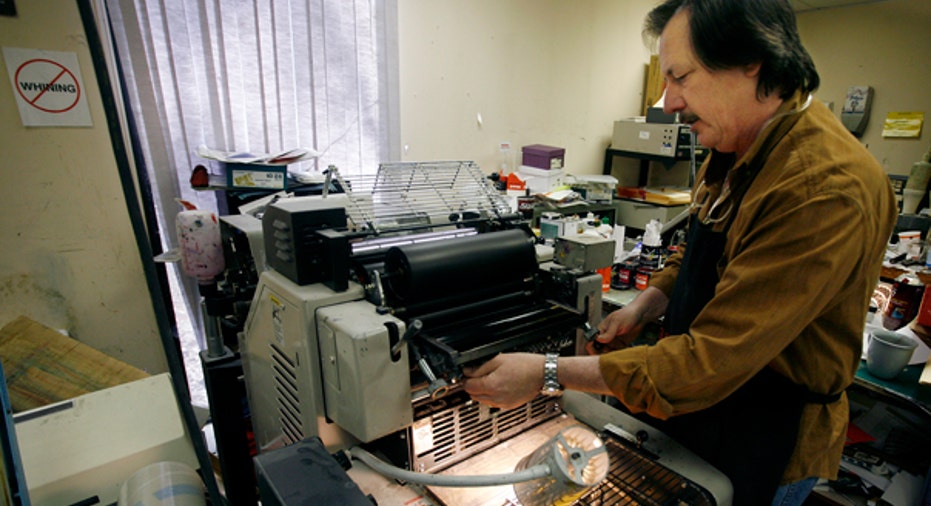Growing Pains: What Happens if Your Franchise Grows too Fast

Between 2004 and 2005 Brent Hallock’s business hit its growth spurt. After 10 years of steady franchise sales, Budget Blinds started closing 15 to 20 sales a month.
While Budget Blinds had the foundations in place to accommodate extreme growth, most franchisors are often ill-prepared for the growing pains that come with aggressive expansion plans.
“Everybody gets excited about growing fast and selling franchises, but it’s important not to do it at the expense of your existing franchisees,” warned Marc Plaisted, CEO of franchise consultancy Brandchise.
Often a franchisor doesn’t know that the business is growing too fast until it’s too late. But there are some early warning signs.
“One of the main indicators that you may be growing at a pace outside of capacity is that you find your time being completely consumed with following up on leads and dealing with new opportunities related to franchise sales,” said Plaisted. “Voicemails and e-mails start to pile up from existing franchisees looking for support and you are not getting back to them in the way they were used to.”
Just as an abundance of e-mails and voicemails is a red alert of a growing problem, so is an empty Inbox and blank answering machine.
“If franchisees have a sense you no longer have time for them, it becomes very dangerous because the franchisee will come up with answers on his or her own which may not be aligned with what you want them to do,” added Plaisted, “Chances are they will find another franchisee who feels the same way and now they have an alliance. They look to each other for answers and erode the relevance of the franchisor.”
Beyond hurting the franchisor/franchisee relationship, accelerated growth also impacts financials. “High growth doesn’t pay attention to the cost structure of additional franchises. If costs outrun the ability to generate revenue, it doesn’t make sense to sell additional franchises,” said Peter Birkeland of Peter Birkeland Consulting.
As with everything else in business, smooth growth is all about a strategy plan. According to Plaisted, “the right model is not just about how many franchises to sell, but to look at who a franchisor is selling to and about making sure that franchisors know what rate of growth they are prepared to deal with.”
Before expanding to 1000 Budget Blind territories, the company’s founders made sure that a support mechanism was in place for franchisees. “We had the right model in place from our original years,” said Hallock, “In house we created tech support teams, product support, marketing support and provided manufacturing support and warranties. The 1994 model matched the 2004 model.”
Sometimes limiting sales can promote growth. “People come in with dollar signs in their eyes,” said Birkeland, “They offer to develop an entire territory, but only end up opening three stores.” He recommended successful growth through developing and saturating a core market.
At Budget Blinds, the executive team follows a similar strategy. “Our territories are smaller in size,” said Hallock. “By having smaller territories we get deeper into a region. It avoids driving time, gas expenditure and our franchisees really end up knowing their areas. The concept is about going deep versus going wide and spreading the franchisee too thin.”



















